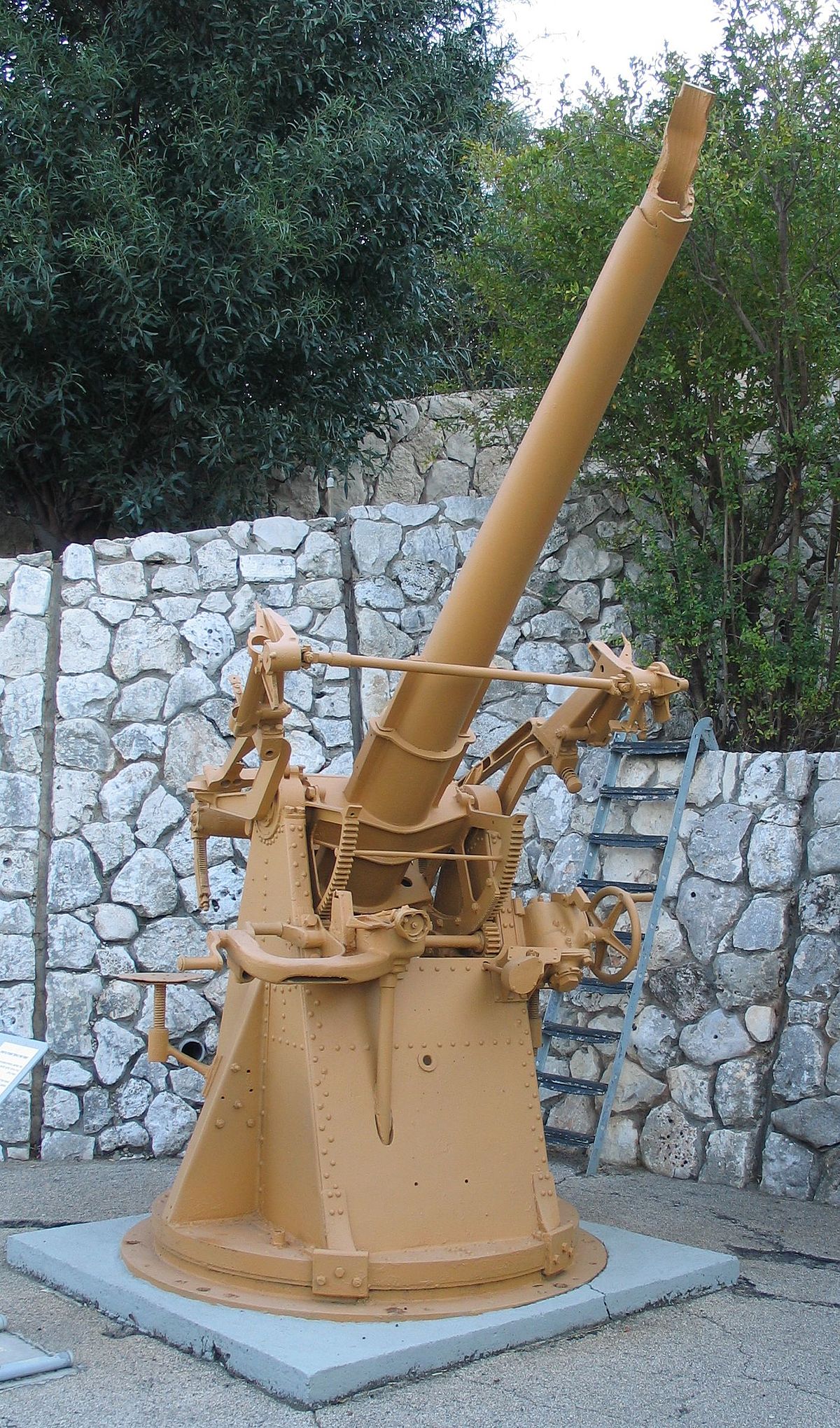WITH 'SNAGS' REPORTED, DEFENCE MINISTRY DECIDES AGAINST REPEATING US ASSAULT RIFLE ORDER
The supplementary procurement of SIG716 7.62x51 mm rifles had been abandoned following several "operational glitches" which had surfaced soon after they were issued to Indian Army units deployed along the Line of Control in Kashmir
Chandigarh: India’s Ministry of Defence (MoD) has decided against inking the Rs 700-crore repeat order it had approved in late 2020 for 72,400 ‘Patrol’ Sig Sauer assault rifles from the US for its military, due to diverse ‘snags’ which had surfaced with earlier imports of an equal number of similar weapon systems a year before.
Official sources told The Wire that the supplementary procurement of SIG716 7.62×51 mm rifles had been abandoned following several “operational glitches” which had surfaced soon after they were issued to Indian Army units deployed along the Line of Control in Kashmir and on counter-insurgency operations in the region from December 2019 onwards.
Of the total imported SIG716’s, the army had received 66,400 rifles, the Indian Air Force (IAF) 4,000 units and the Indian Navy’s Garud Special Forces the remaining 2,000 weapon systems.
According to industry officials, the “operational shortcomings” in the SIG716 rifles included “jamming” while firing locally produced 7.62 mm rounds, which were not as efficient as imported ammunition, of which limited amounts had initially been acquired but had since been expended.
When fired, these local rounds reportedly, in many instances, tended to spawn “barrel bulges” that rendered many rifles inoperable. These bulges ensued after a round failed to exit the rifle upon firing and then the follow-on round built up tremendous pressure due to the constricted air inside the barrel, causing it, in turn, to either develop a bulge, cracks or even lead to it exploding altogether.
The local ammunition also generated a higher recoil or kickback in the rifles compared to that produced by Russian Kalashnikov AK-47 variants or the indigenously developed Indian Small Arms System (INSAS) 5.56×45 mm assault rifles that Indian Army troops had employed for decades.
In a semi-automatic firearm like the SIG716, ‘burst-mode’ firing enabled the shooter to fire a predetermined number of rounds – normally two or three – at a target with a single pull of the trigger.
Additionally, the SIG76 rifles had reportedly necessitated local modifications like altering the grip to enable a firmer grasp by adding a ‘wooden handle’ under the 457.2 m long barrel, somewhat similar to the innovation the army had earlier executed on AK-47s. Recent media reports also claimed that some army units had locally fitted the SIG716s with these ‘grips’ as well as with bipods to provide the rifle stability against canting. A ‘cant error’ can affect the bullet’s trajectory.
But above all, the rifles lacked optical day, night, holographic and even basic LED-powered reflex ‘red-dot’ sights as the MoD, under IA advisement had, out of pecuniary considerations, decided against acquiring these critical auxiliary add-ons, essential to precisely aligning targets in conflict zones at ranges varying between 100m and 700m. The latter battery-operated sight, for instance, provided users a ‘point of aim’ in the form of an illuminated red dot, a phenomenon often seen in action movies; their absence renders the user wholly or at least partially blind in skirmish areas.
Also, not having any of these sights to secure a virtual image of the intended mark required the shooter to close one eye to make his objective, thus depriving him of peripheral vision that could well determine the stark choice between life and death on the battlefield. Conversely, the day and night sights, depending on their respective magnifications and sophistication, were more advanced, but expensive to import, costing upwards of Rs 50,000 each, for which reason the MoD had obviated their procurement. It had reasoned at the time that indigenous substitutes were cheaper. In recent months, several local manufacturers had demonstrated assorted sights at the Army War College at Mhow in Madhya Pradesh for eventual fitment onto the SIG716s, some of which were under evaluation and awaited shortlisting to render the rifles operationally more effective.
The IA and the MoD were unavailable for comment on the SIG716s, but many within the services were displeased with the US rifle import.
“Since these purchases were processed by an empowered MoD committee headed by a senior service officer, it is inexcusable that a new weapon system procured at great cost needed to be locally modified before being fully employed,” said a senior IA officer. It not only revealed obvious flaws in the army’s qualitative requirement (QR) formulations for the rifle, but also in the MoD’s overall acquisition procedures, he declared, declining to be named for speaking on such a sensitive matter.
The disappointing part, another officer associated with procurements added, was that no one will ever be held accountable for this lapse. “Acquisitions via MoD empowered committees often tended to short circuit established procedures, resulting in procurement glitches which, in turn, adversely impacted operational efficiency,” he said, also requesting anonymity.
Over years the IA’s QR hiccups have been excoriated by successive parliamentary defence committees and watchdog bodies like the Comptroller and Auditor General, resulting in innumerable buys either being scrapped or consigned, like space craft, into timeless motion, seriously jeopardising force modernisation. In early 2012, for instance, Parliament’s Standing Defence on Defence had declared that 41 of the army’s tenders for diverse equipment in the previous 18 months had been withdrawn or terminated principally due to ‘over ambitious’ QRs. To further drive home this point, the late defence minister Manohar Parrikar had stated at a public function in New Delhi in 2015 that some of the Indian military’s QRs were straight out of ‘Marvel comic books’ and hence unrealistic.
Former defence minister Nirmala Sitharaman had authorised the Sig Sauer rifle procurement in late January 2019 after the US company’s bid emerged as L1, or the lowest from amongst three competing vendors for the tender. Sig Sauer had bid $ 990 per SIG716-each weighing 4.2 kg and having a range of around 600m and a magazine capacity of 20 rounds-whilst rival Abu Dhabi’s Caracal International had priced its CAR817 rifle at $1,200 per piece while Israel Weapon Industries had submitted a bid of $1600 for each of its ACE1 models. In accordance with FTP procedures, under which the tender was concluded, the SIG716s were delivered thereafter within the mandated period of 12 months. The follow-on purchase of the additional 72,400 SIG 716s received MoD sanction in late September 2020.
The SIG716s were intended as ‘stop gap’ replacements for the INSAS 5.56x45mm rifles that entered IA service in the mid-1990s, but were declared ‘ operationally inadequate’ by it in early 2010 for multiple reasons. In the intervening period, till the first SIG716 consignment purchase was agreed, the MoD and the IA spent nearly five fruitless years chasing a tender for 66,000 multi-calibre assault rifles that, yet again fell victim to the force’s QR overreach.
The IA’s Infantry Directorate had in their tender for the proposed multi-calibre assault rifles, incredulously required them to convert from 5.56x45mm to 7.62x51mm by merely switching their barrel and magazine. Explicably, all four competing vendors were unable to meet the IA’s QRs and the tender was scrapped in 2015. Thereafter, the MoD attempted the ‘Atmanirbhar’ or indigenous route to meet its rifle needs, but the IA summarily rejected the Excalibur 5.56x45mm rifle that was little better than an upgrade of the INSAS model developed locally by the then state-owned Ordnance Factory Board, leaving the MoD no option but to resort to imports.
In late 2021, however, the MoD signed the Rs 5,124 crore deal with Russia to licence-build some 6,71,000 Kalashnikov AK-203 assault rifles at Korwa near Amethi in Uttar Pradesh, principally for the IA, but also for the IAF, the IN and the paramilitaries, after resolving multiple hurdles plaguing the tender since 2019.
The contract, concluded under a bilateral Inter-Governmental Agreement, also included the direct import of 20,000 AK-203 rifles with collapsible stocks from Russia for the IA for $1100 each. But the status of the Ak-203 contract, that was scheduled to begin production in March 2022 remains tenuous, impacted as it is by the US-led sanctions imposed on Russia for its invasion of Ukraine over two months ago. Official sources fear this deal could be interminably postponed, if not altogether scrapped.
Meanwhile, in a parallel move the MoD also included assault rifles in its 310-strong list of military items that India will no longer import, but source domestically. Accordingly, it had issued licenses to five local defence contractors like Adani Defence (Ahmedabad), SSS Defence (Bangalore), Jindal Defence (Delhi) and Optic Electronic India (Noida) to produce assault rifles by entering into collaborative ventures with overseas original equipment manufacturers, further precluding all further Sig Sauer imports.
The supplementary procurement of SIG716 7.62x51 mm rifles had been abandoned following several "operational glitches" which had surfaced soo...

www.indiandefensenews.in






